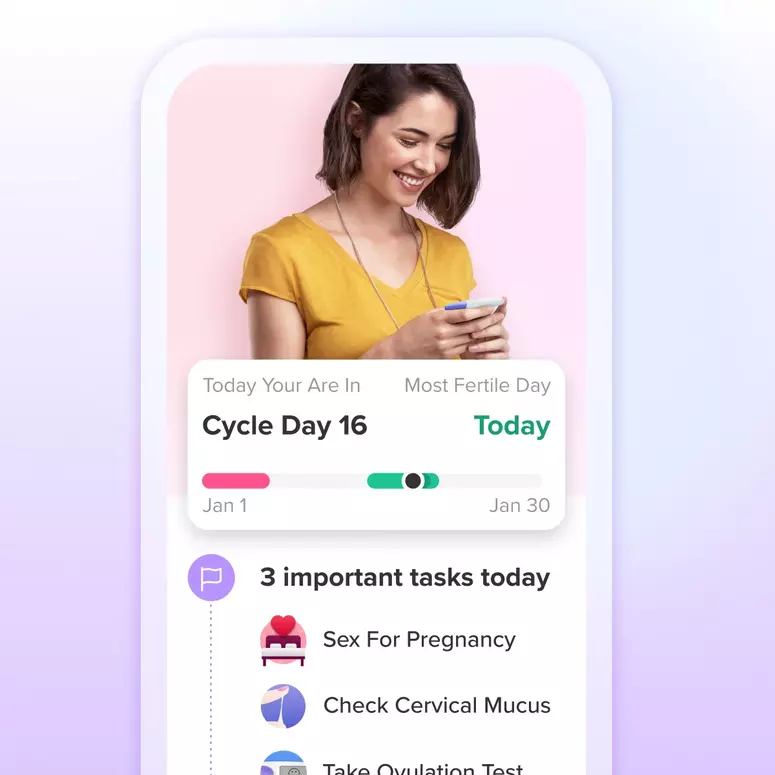Turning Worrying Into Problem Solving
1. Write down one situation that is really worrying you. Be specific about what the problem is. I.e. I really want to start a business of my own, but my financial resources are very limited. I'm worried that I don't know enough to avoid pitfalls, and I'll end up losing everything.
2. Brainstorm for solutions.
I.e.
Talk to other entrepreneurs about their experiences in starting their business.
Research organizations that support entrepreneurial efforts and people.
Research the possibility of acquiring a small-business loan or other capital available for small start-up businesses.
Join a couple of small-business and entrepreneurial organizations.
Find investors among friends and family.
Start the business out of my home to save overhead and protect me financially.
Work an extra job for a couple of years to earn more money.
Stay at current job while starting my own company part-time.
3. Evaluate each idea. Which ideas are not possible? Put an X next to those. Which ones would be difficult to implement? Put a question mark next to those. Which ideas could you implement right now? Put a Y next to those.
I.e.
Talk to other entrepreneurs about their experiences in starting their business. Y
Research organizations that support entrepreneurial efforts and people. Y
Research the possibility of acquiring a small-business loan or other capital available for small start-up businesses. Y
Join a couple of small-business and entrepreneurial organizations. ?
Find investors among friends and family. Y
Start the business out of my home to save overhead and protect me financially. ?
Work an extra job for a couple of years to earn more money. X
Stay at current job while starting my own company part-time. X
4. Set specific dates. Make a contract with yourself to do all the things that you've marked with a Y.
I.e.
By April 1, I will talk to other entrepreneurs about their experiences in starting their businesses.
By April 15, I will research organizations that support entrepreneurial efforts and people.
By May 1, I'll have canvassed family and friends for possible investors.
By May 15, I will research the possibility of acquiring a small-business loan or other capital available for small start-up businesses.
5. When you have completed all items marked with a Y, go on to the more difficult things marked with a question mark.
I.e.
By Jume 15, I will join a couple of small-business and entrepreneurial organizations.
By July 1, I'll decide wether I should clear out a back bedroom to create a home-based business office.
By July 15th, I will apply for all available capital that I find during my initial research.
6. Now maybe some of the items marked with an X don't look so hard. If there is any that you think you can manage, make a contract with yourself to take that action.
I.e.
By August 15, if other options have not worked out, I will start my company part-time while continuing to work full-time at my job.
This is courtesy of The Relaxation and Stress Reduction Workbook, Sixth Edition.
Add Comment
Let's Glow!
Achieve your health goals from period to parenting.




